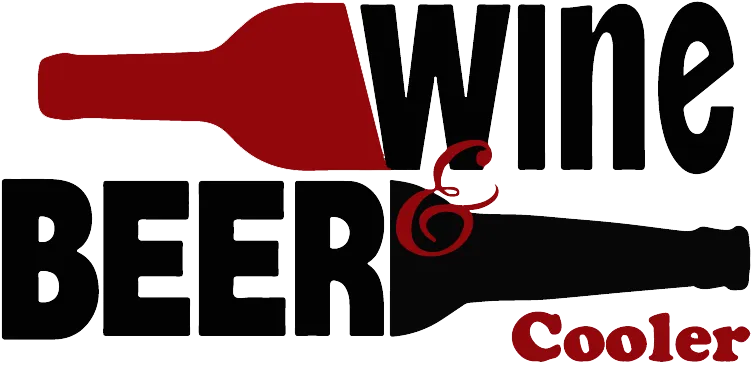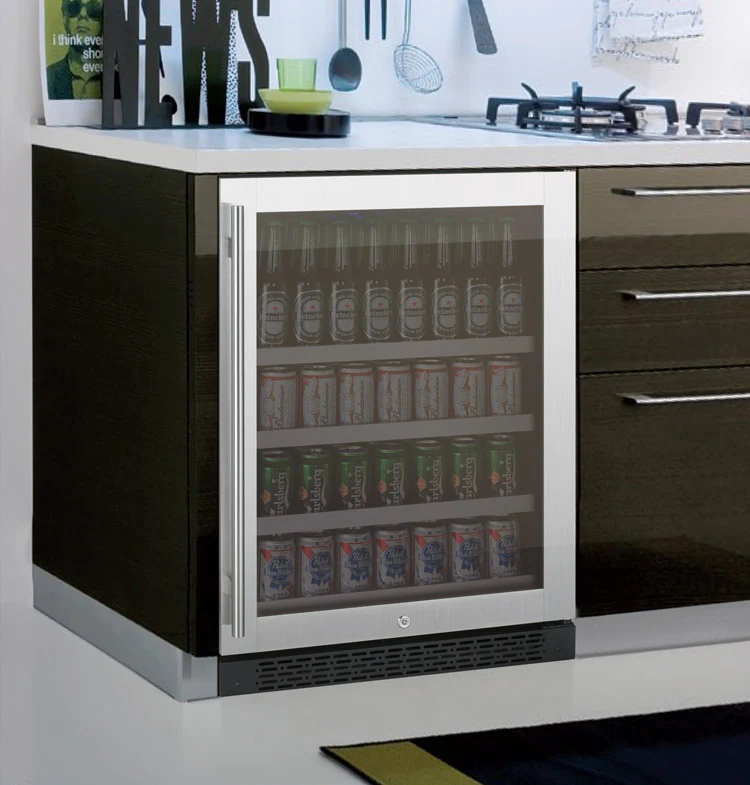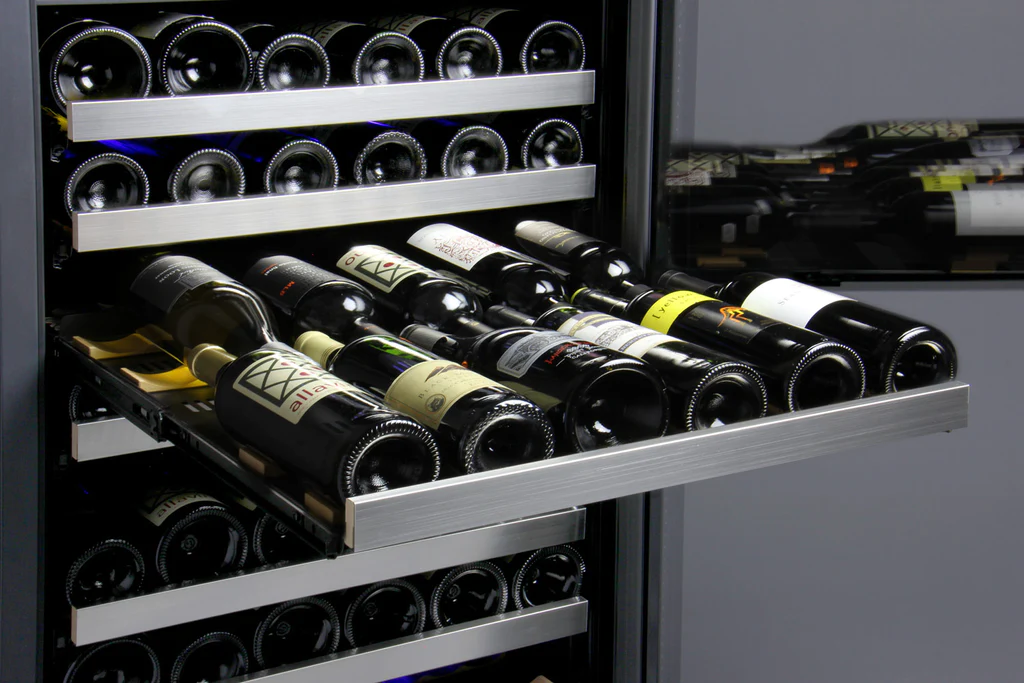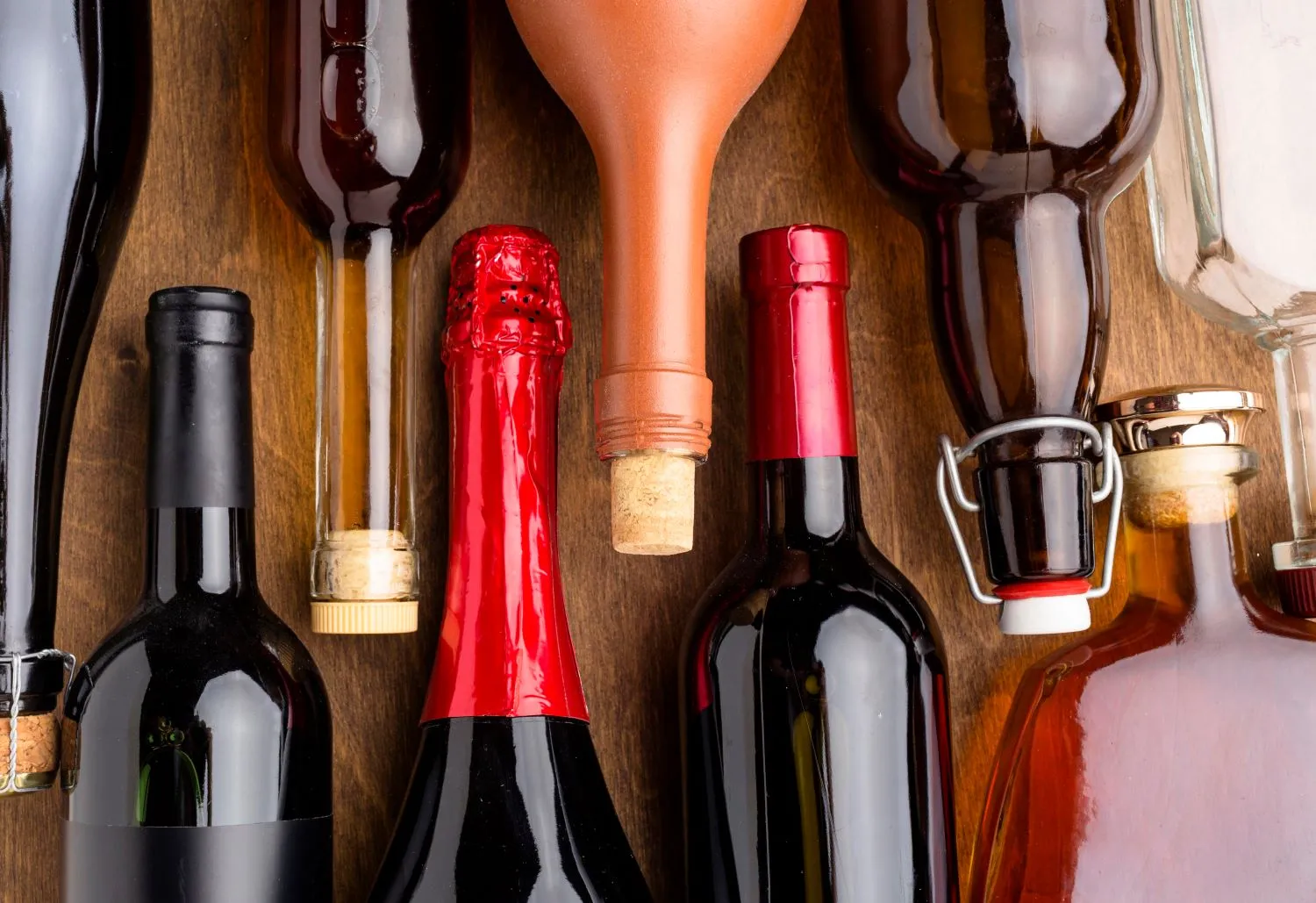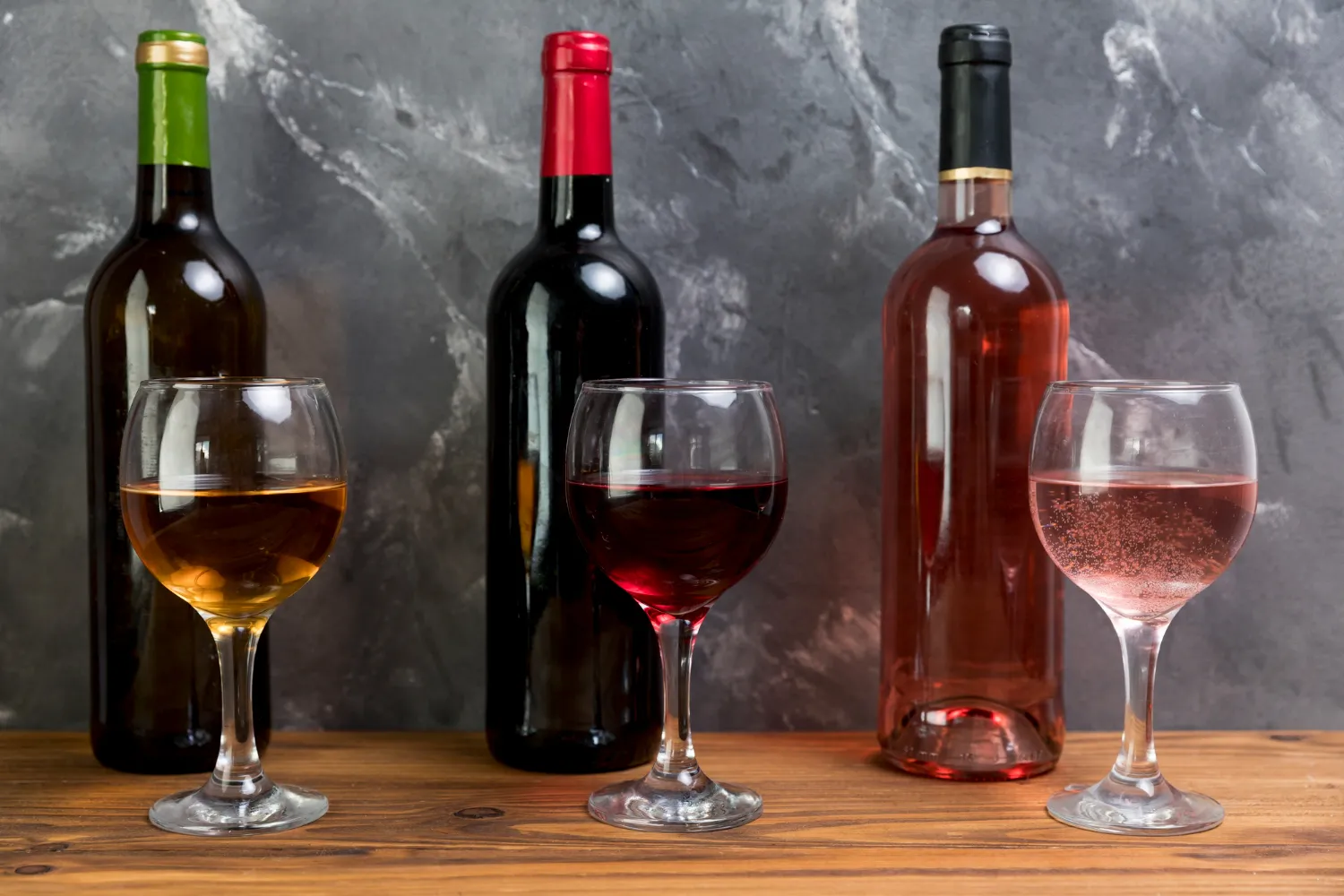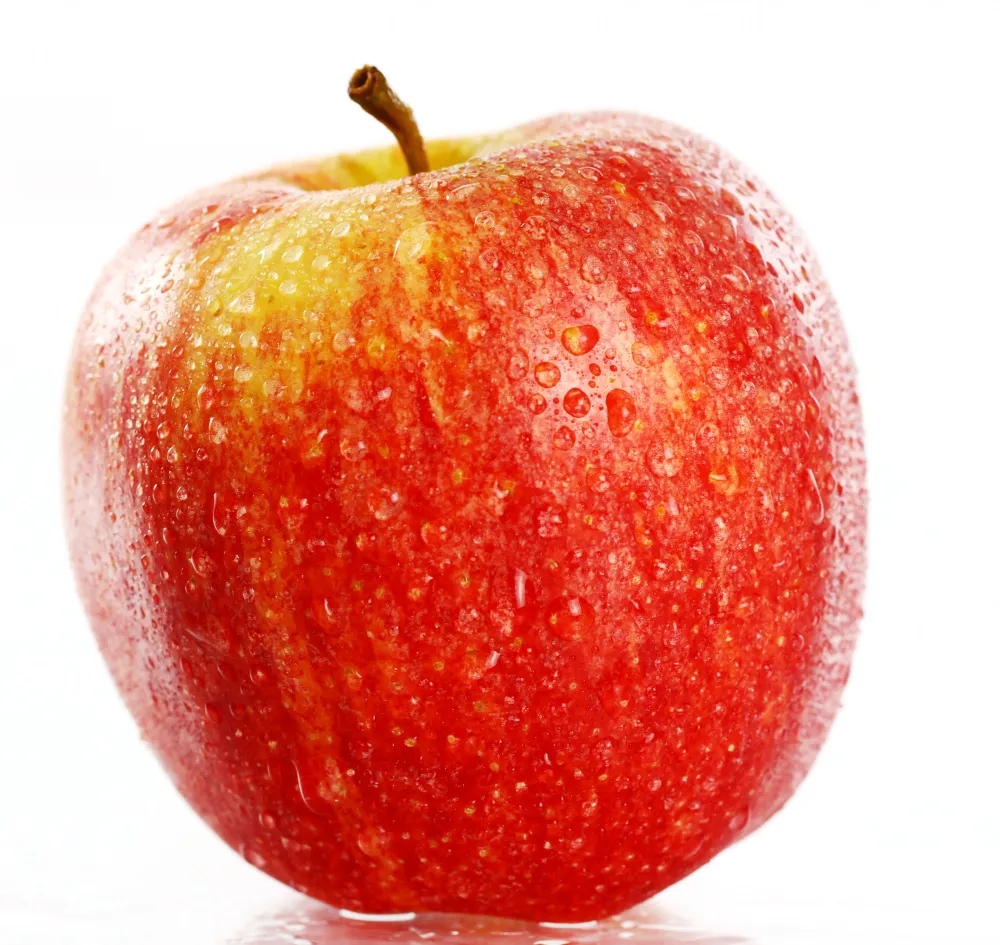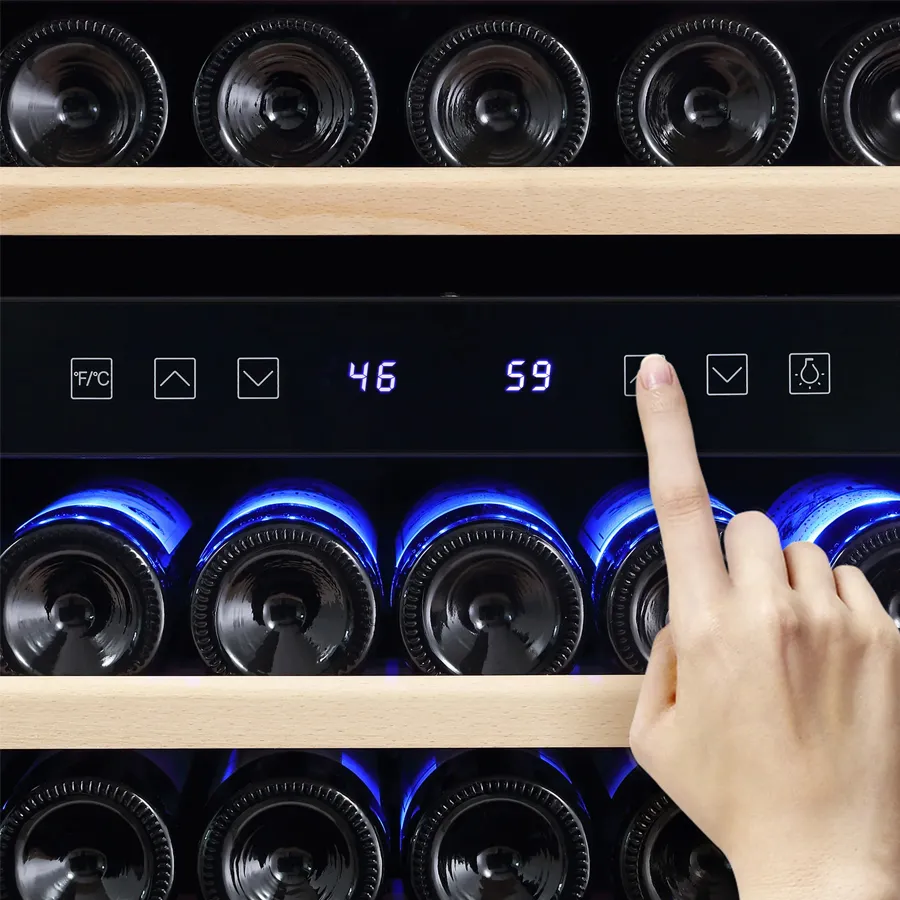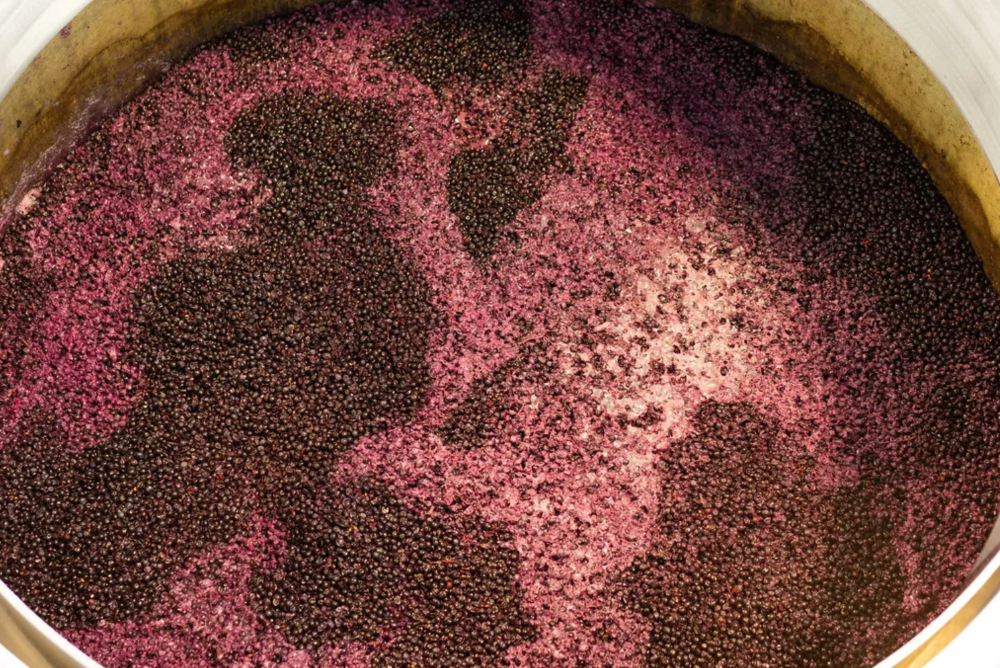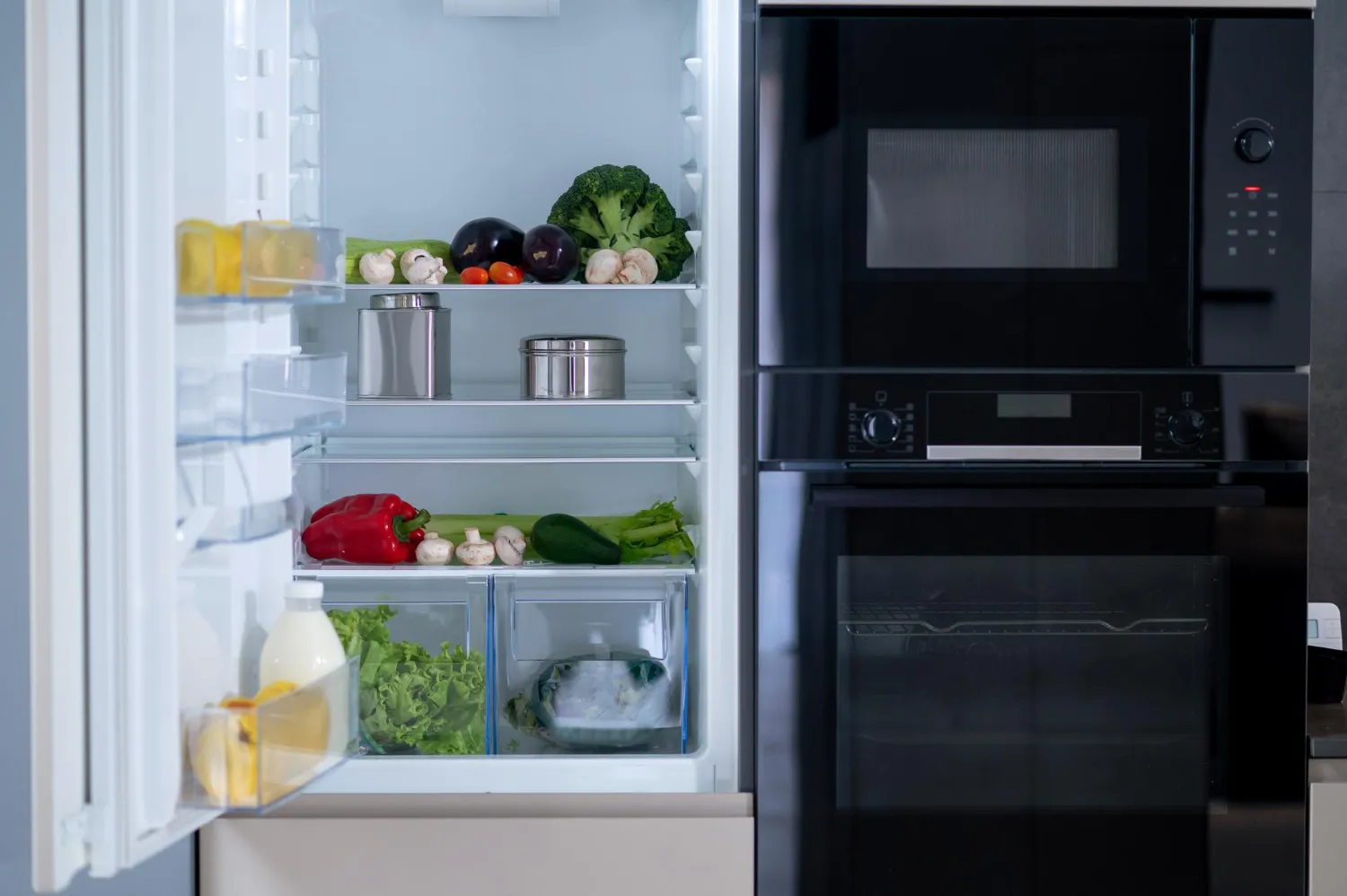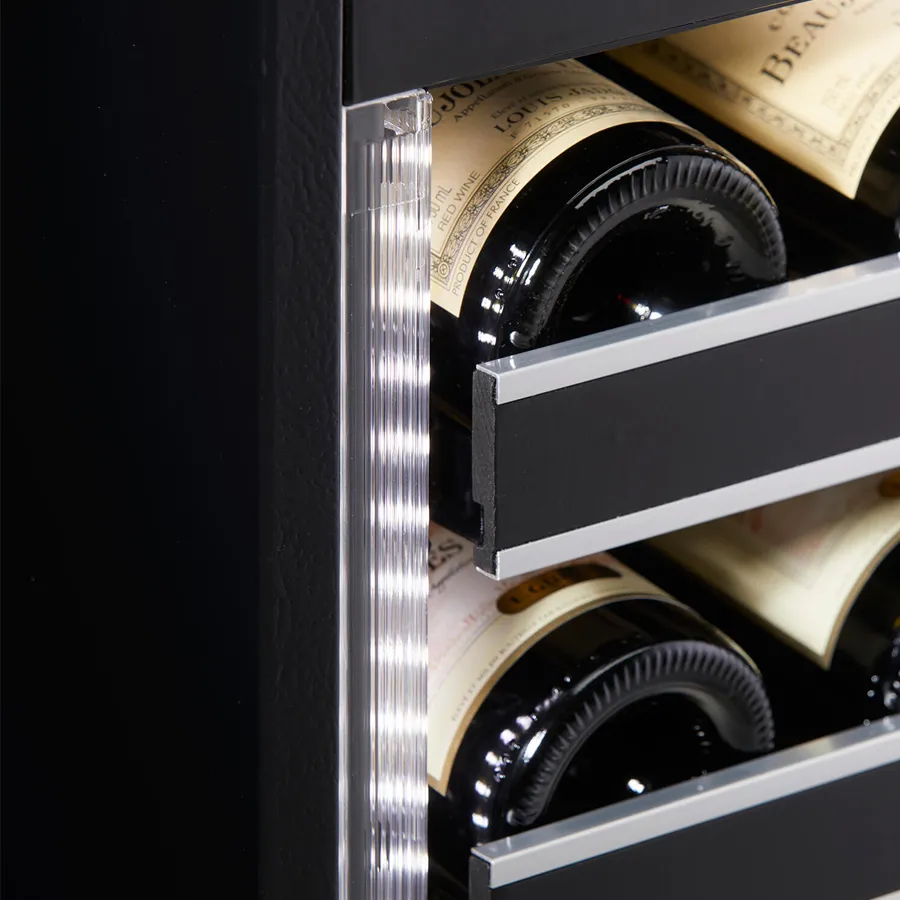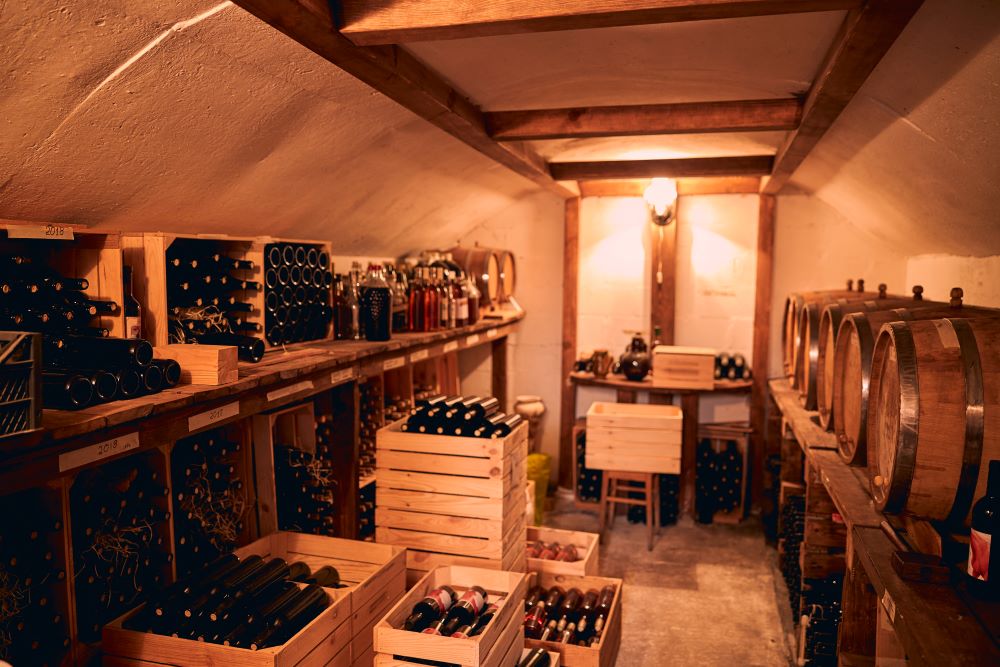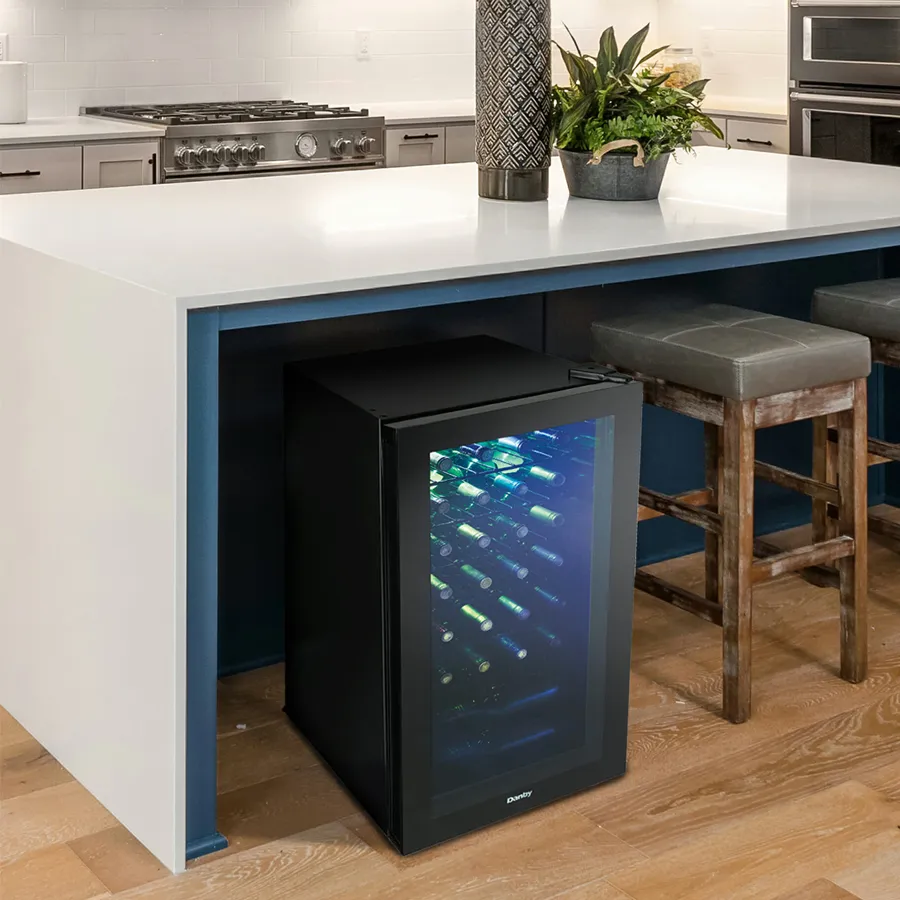Curious about the caloric content of your favorite glass of wine? Delve into this informative exploration of exactly how many calories are lurking in that 5-ounce pour. While the label on your bottle may keep you guessing, we’ll break down the facts and figures, shedding light on the calorie counts for different types of wine and uncovering the relationship between alcohol content, carbs, and your glass of vino. It’s time to demystify the numbers and understand what your wine is bringing to the table in terms of nutrition and calorie intake.
=> Short Answer: It is clear that a standard 5-ounce glass of dry table wine contains approximately 120 to 130 calories. These calories primarily come from the alcohol and carbohydrates present in the wine.
| Wine Style | Calories | Wine Variety Example |
| Dry | 120-125 |
|
| Sweet | 150-165 |
|
| Sparkling | 120-125 |
|
Nutritional Labeling of Wine
To accurately assess the calorie content of wine, understanding the nutritional labeling requirements is essential. While most wine labels do not provide detailed nutritional information, recent measures aim to enhance transparency and provide consumers with better insight into the calorie content of their favorite wines.
Mandatory and Voluntary Disclosures
Any detailed nutritional information on wine bottles is largely a result of voluntary disclosures by the producers. In 2013, the federal Alcohol and Tobacco Tax and Trade Bureau (TTB) ruled that alcohol producers could voluntarily print a “Serving Facts” label on their bottles. However, the level of adoption of this voluntary measure has been relatively limited, leaving many bottles without such disclosures.
Nevertheless, change is imminent as starting in December 2015, chain restaurants will be required to disclose calorie information for alcohol, as well as for food, on their menus. This will undoubtedly provide consumers with the critical information needed to make more informed choices.
Reading the Serving Facts Label
Voluntary nutritional labeling on wine bottles includes details such as the alcohol by volume (ABV) and calorie count per serving. The label provides insight into the number of calories derived from alcohol and carbohydrates, the latter of which includes sugar content. This allows consumers to gauge the calorie content and make informed choices based on their dietary requirements and preferences.
The alcohol content in wine directly influences its calorie count, with a glass of wine typically containing around 120 to 130 calories. Additionally, the carbohydrate content, particularly in sweet dessert wines, contributes to the overall calorie count. With these details readily available, consumers can make more informed decisions regarding their wine consumption.
Caloric Content Breakdown
Assuming an average serving size of 5 ounces, a glass of wine contains approximately 120 to 130 calories. This caloric content can vary slightly depending on the alcohol by volume (ABV) and the presence of carbohydrates and sugars in the wine.
Role of Alcohol in Calorie Count
For most dry table wines with an ABV ranging from 11 to 14 percent, the caloric contribution of alcohol is significant. With 7 calories per gram, the higher the alcohol content, the more calories the wine will contain. This means a glass of Zinfandel at 15 percent ABV will likely have more calories than a glass of Albariño at 11 percent ABV.
Additionally, the carbohydrates and sugars in wine contribute to its caloric content. A standard 5-ounce serving of dry wine typically contains around 4 grams of carbohydrates, while a sweet dessert wine can contain up to 20 grams. This carbohydrate content adds to the overall calorie count of the wine.
Carbohydrates and Sugars in Wine
Alcohol is not the only factor contributing to the caloric content of wine. The carbohydrate and sugar content also play a role. A typical dry wine with about 4 grams of carbs per serving will have a lower calorie count in this aspect compared to a sweet dessert wine, which can contain significantly more carbs and calories.
Wine’s caloric content is a result of a combination of alcohol, carbohydrates, and sugars, making it important for individuals mindful of their caloric intake to consider these factors when enjoying a glass of wine. Understanding the breakdown of calories in wine can assist in making informed choices about consumption.
Comparing Wine Calorie Levels
For a detailed comparison of wine calorie levels, consider the following breakdown:
| Wine Type | Calories per 5 oz Glass |
| Regular Table Wines (11-14% ABV) | 120-130 calories |
| Low-Calorie Wine Options (e.g., Skinnygirl, Weight Watchers) | 89-100 calories |
Regular Table Wines vs. Low-Calorie Options
Options for low-calorie wines have gained popularity in recent years, with brands like Skinnygirl and Weight Watchers offering alternatives with fewer calories per serving. A 5-ounce glass of regular table wine, typically containing 120-130 calories, is surpassed by the lower calorie content of around 89-100 calories in select low-calorie wine options.
While regular table wines remain a common choice, the availability of low-calorie alternatives provides consumers with the opportunity to enjoy wine with reduced calorie intake, catering to varying dietary preferences.
The Impact of Alcohol By Volume (ABV) on Calories
Calories in wine are influenced by the alcohol by volume (ABV) percentage, with higher ABV wines generally containing more calories. It is observed that a 5-ounce glass of regular table wine (11-14% ABV) contains approximately 120-130 calories, while low-calorie options, such as Skinnygirl and Weight Watchers wines, offer reduced calorie content, typically ranging from 89-100 calories per serving due to lower ABV levels.
It is essential to consider the ABV percentage when evaluating wine calorie levels, as it directly impacts the overall caloric content of the beverage. Accompanied by the choice of wine type, the ABV plays a significant role in determining the caloric intake per serving, providing consumers with diverse options to align with their dietary goals.
Wine’s Calories and Your Health
Your health and well-being can be impacted by the consumption of wine, and it is important to understand the relationship between wine’s calories and your overall health. While wine does contain calories, it is essential to consider the potential positive impacts on health in moderation, as well as the concept of “empty calories” associated with alcoholic beverages.
The Concept of “Empty Calories”
Conceptually, the term “empty calories” refers to the calorie content in a food or beverage that provides little to no nutritional value. Wine, like other alcoholic beverages, contains calories primarily from alcohol and carbohydrates, including sugar. Despite this, some studies suggest that moderate consumption of wine may offer health benefits, challenging the notion of “empty calories” in this context.
Potential Health Benefits of Moderate Wine Consumption
Potential health benefits of moderate wine consumption have been a topic of interest in research. Some studies have shown that moderate wine drinkers may experience lower weight gain compared to nondrinkers and consume fewer overall calories. Additionally, red-wine polyphenols are suggested to have potential health benefits, possibly preventing the conversion of fatty foods into fatty tissue and affecting glucose absorption in fat cells.
Calories are an essential aspect to consider in understanding the potential health benefits of moderate wine consumption. Studies suggest that moderate wine drinkers may experience lower weight gains and consume fewer calories overall, possibly due to the specific effects of red-wine polyphenols and their impact on fat tissue and glucose absorption.
In Conclusion: How Many Calories Are in a Glass of Wine?
Following this examination of the caloric content of wine, it is clear that a standard 5-ounce glass of dry table wine contains approximately 120 to 130 calories. These calories primarily come from the alcohol and carbohydrates present in the wine. While low-calorie wine options are available, the health implications of consuming wine go beyond its caloric content, with potential positive effects on weight management. However, further research is needed to fully understand the relationship between wine consumption and weight. As labeling regulations for alcohol continue to evolve, consumers may have easier access to nutritional information in the future.
